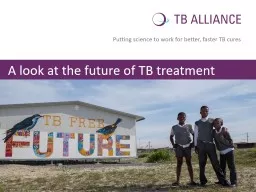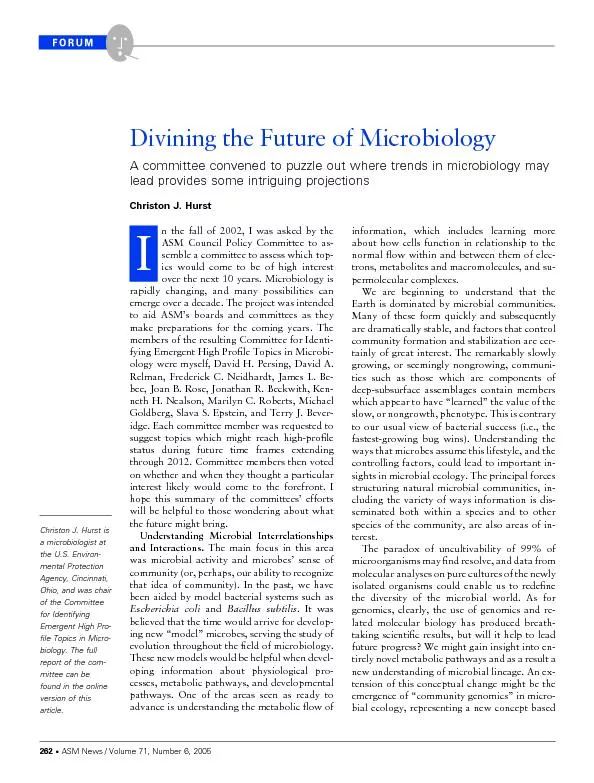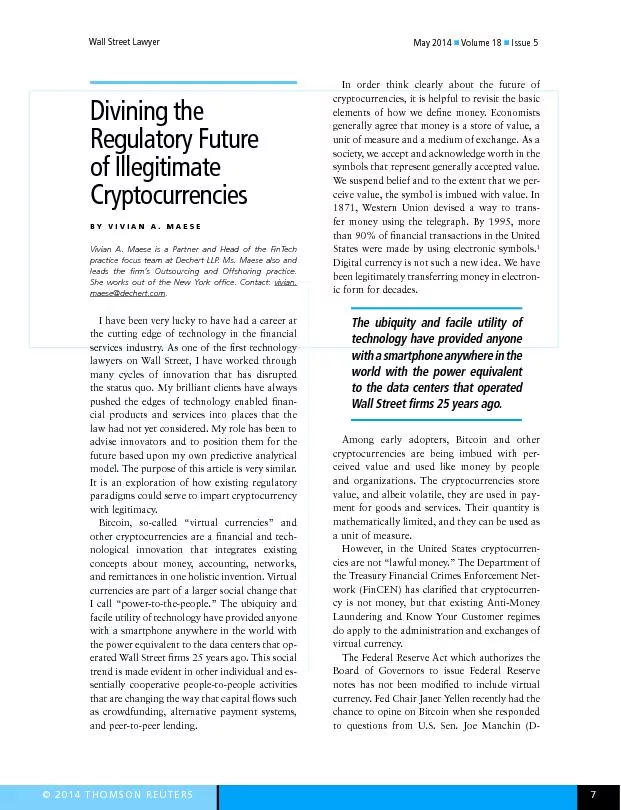PPT-Divining the
Author : giovanna-bartolotta | Published Date : 2017-12-08
F uture of TB Therapy Putting science to work for better faster TB cures Achieving maximum impact will require Short simple regimens that are adopted available
Presentation Embed Code
Download Presentation
Download Presentation The PPT/PDF document "Divining the" is the property of its rightful owner. Permission is granted to download and print the materials on this website for personal, non-commercial use only, and to display it on your personal computer provided you do not modify the materials and that you retain all copyright notices contained in the materials. By downloading content from our website, you accept the terms of this agreement.
Divining the: Transcript
Download Rules Of Document
"Divining the"The content belongs to its owner. You may download and print it for personal use, without modification, and keep all copyright notices. By downloading, you agree to these terms.
Related Documents






